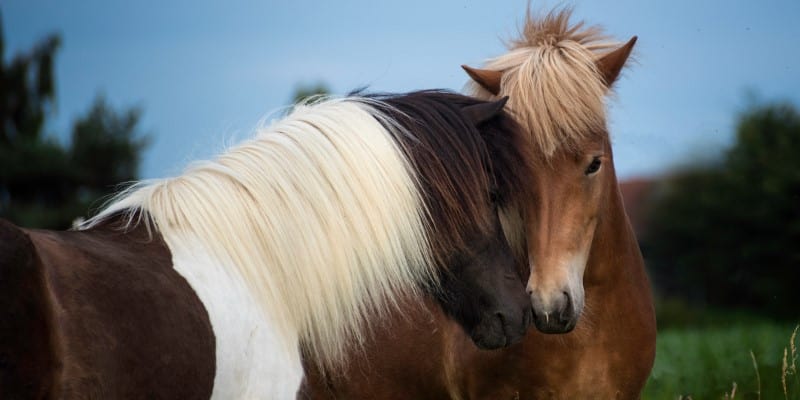Understanding Horse Body Language for Beginners
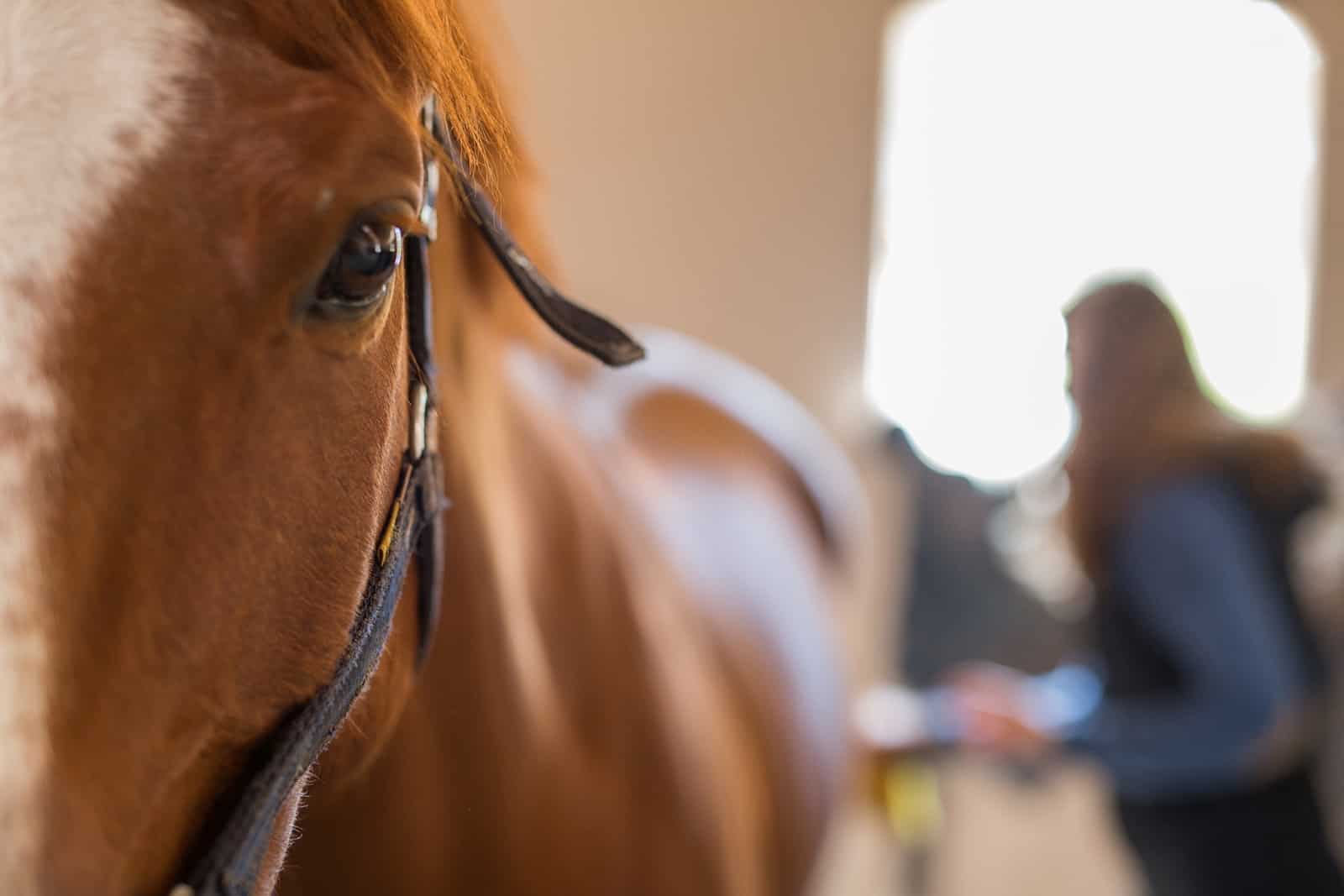
Horses communicate primarily through body language, and learning to interpret these signals is essential for anyone working with or around horses. This guide will help beginners recognize and understand common horse behaviors and what they signify.
Why Understanding Horse Body Language Matters
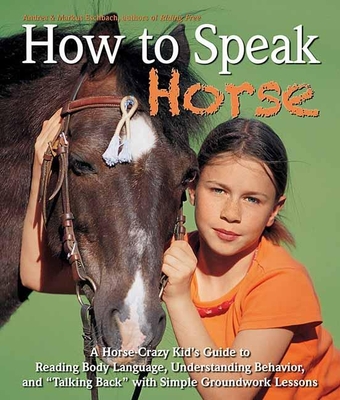
Horses are prey animals, so their body language is often subtle but highly expressive. Recognizing these cues can improve safety, strengthen the human-horse bond, and enhance training effectiveness.
Key Horse Body Language Signals
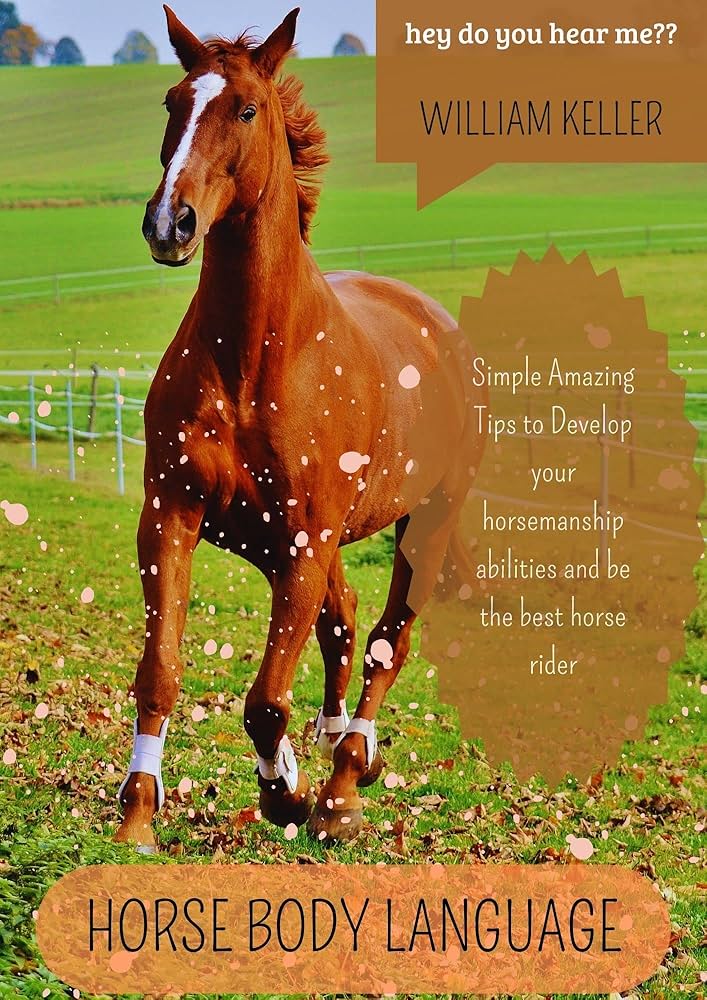
| Body Part | Signal Description | Meaning/Interpretation |
|---|---|---|
| Ears | Forward, pinned back, flicking | Interest, aggression, irritation |
| Eyes | Wide open, soft, showing whites | Fear, calmness, alertness |
| Tail | Swishing, clamped, raised | Annoyance, submission, excitement |
| Head Position | High, low, shaking | Alertness, relaxation, discomfort |
Ears
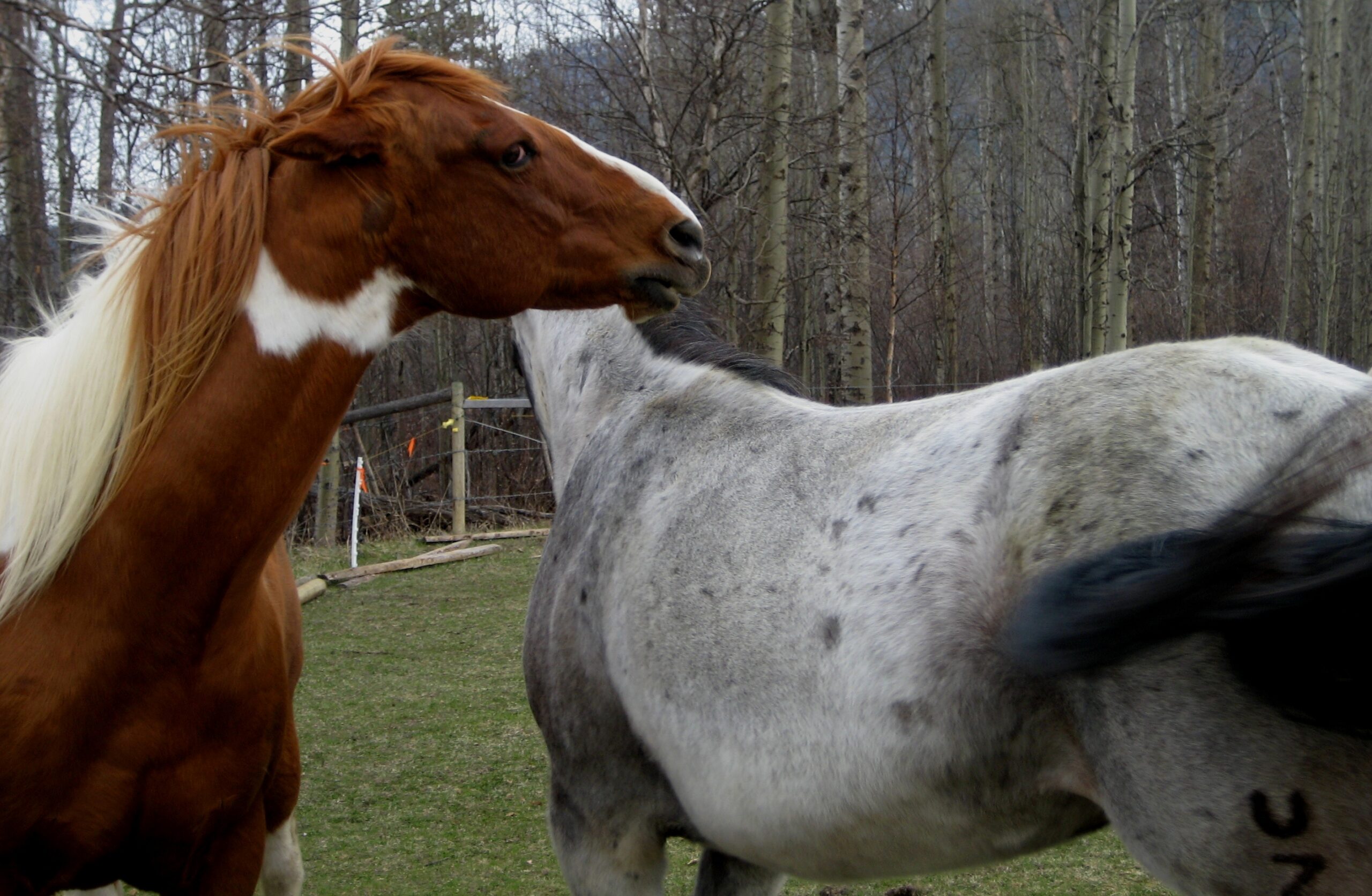
- Forward: The horse is attentive and curious.
- Pinned Back: Indicates anger or discomfort.
- Flicking: Can signal irritation or trying to listen.
Eyes
- Wide Open: The horse may be scared or startled.
- Soft Eyes: Relaxed and calm state.
- Showing Whites: Often a sign of fear or agitation.
Tail
- Swishing: Can mean irritation or trying to ward off insects.
- Clamped: Submission or fear.
- Raised: Excitement or alertness.
Head Position
- High: Alert or possibly anxious.
- Low: Relaxed or tired.
- Shaking: Discomfort or trying to get rid of something.
Additional Signs to Watch
- Body Posture: A tense body may indicate fear or aggression, while a relaxed stance shows comfort.
- Movement: Pawing, stomping, or pacing can signal impatience or stress.
Tips for Beginners
- Always approach horses calmly and confidently.
- Observe the horse’s body language before interacting.
- Learn to read subtle cues to prevent accidents.
Frequently Asked Questions (FAQ)
Q: How can I tell if a horse is friendly?
A: Friendly horses often have relaxed ears, soft eyes, and a calm posture.
Q: What does it mean if a horse pins its ears back?
A: This usually indicates anger, discomfort, or a warning to stay away.
Q: Why does my horse swish its tail?
A: Tail swishing can mean irritation, especially from insects, or sometimes agitation.
Q: Can horses understand human emotions?
A: Yes, horses are sensitive to human body language and emotions, which affects their behavior.
Understanding horse body language is a vital skill that enhances safety and deepens the connection between humans and horses. With practice, beginners can become adept at reading these signals and responding appropriately.
Would you like me to help make the language more engaging, add more detailed examples, or include a section on common mistakes beginners make?
